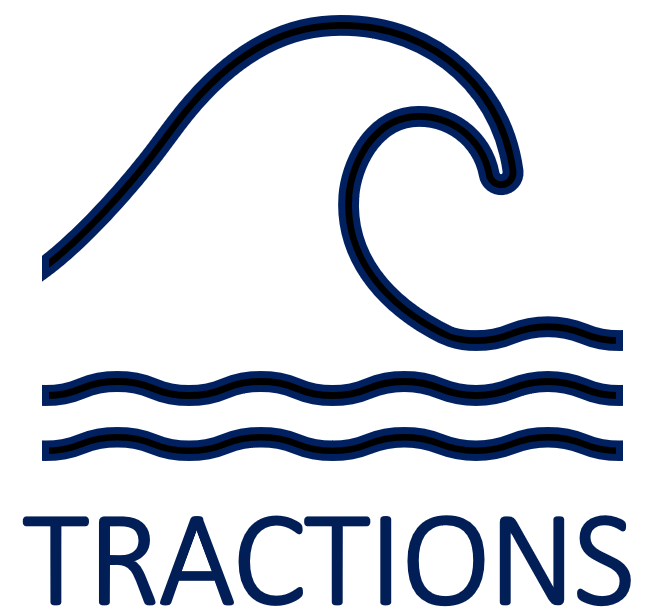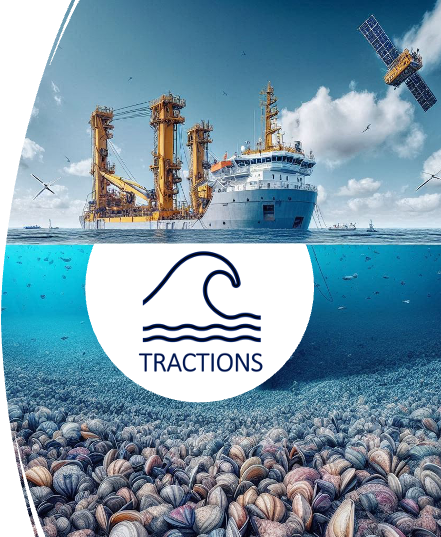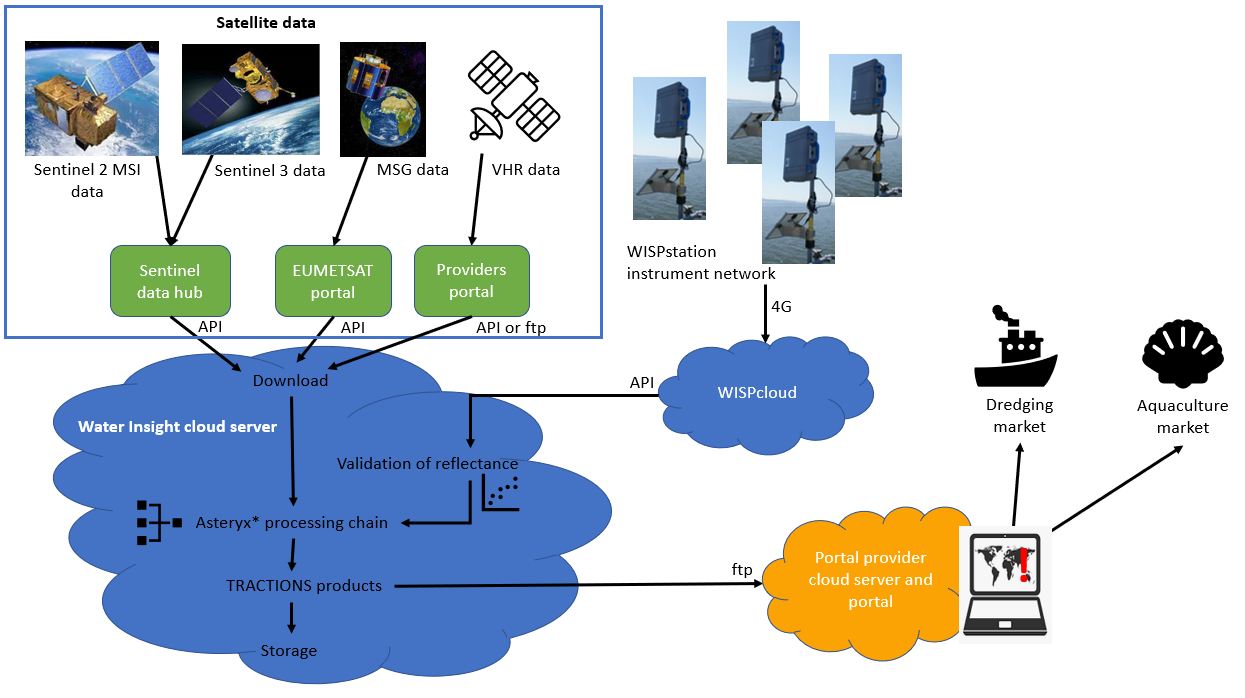
Objectives of the service

TRACTIONS will provide a near-real time, highly accurate mapping service of surface water transparency and primary production, for the dredging respectively the aquaculture markets on a subscription base.
TRACTIONS will help users to monitor dredging plumes up to multiple times a day, allowing port authorities and dredging companies to carry out their work without having to transport sediments over long distances and while respecting the requirements with regard to environmental thresholds.
TRACTIONS will provide the primary production information that is longed for in existing aquacultural growth models. This will allow aquaculture farmers to better plan the seeding, re-locating and harvesting their stock, especially in the more remote locations for which there is now barely any information available.
For both user markets TRACTIONS will therefore greatly increase the users efficiency with regard to shipping time, and therefore for man power, gasoline use and CO2 production.
Users and their needs
Dredging market: ports and dredging companies
Involved users: a Dutch, German and UK port authority that require different types of spatial information on suspended matter in their areas. One of the ports requires two types of service.
Two ports need to test the effect of releasing dredged sediments in a new, more efficient and environmental friendly way. Spatial data, multiple times a day is required to follow and/or compare the sediment plumes between the new and old method, before the new method can be used operationally. Depending on location, season and application new tests will be needed.
One port requires frequent and spatial suspended matter data over a period of years to statistically prove if their activities increase the suspended matter levels in sensitive areas; another port requires frequent and spatial near-real-time suspended matter data to estimate the amount of material entering their port area to plan dredging activities.
Needs to be covered by TRACTIONS:
-
Suspended matter maps: spatial information
-
Multiple years
-
Occasionally multiple times per day
Aquaculture market
Involved user: a large Dutch shellfish farmer.
The shellfish production in the traditional areas in the Netherlands is decreasing, while sea food is seen as one of the most important protein sources of a (sustainable) future. Our reference farmer produces shellfish and wants to optimise production and harvest planning based on relevant data and models, to increase their profit for the traditional areas as well as for potentially new areas about which little is known about productivity. Monitoring Chl-a and transparency using EO data can provide the necessary insight in space and time. Calculating primary production and use it as input for modelling will enable producers to plan production, optimise yields and reduce losses
Needs to be covered by TRACTIONS
- Spatial primary production maps
Service/ system concept
TRACTIONS provides near real time, daily and for specific cases multiple times per day, calibrated maps of turbidity/transparency and primary production. This allows users in the dredging market to streamline their dredging activities, save costs, or obtain permissions and the aquaculture market to more precisely model growth of their stock and use this to improve their trade.
Regional and daily satellite data (Sentinel 2, 3, Meteosat and VHR) are downloaded to the Water Insight cloud server and processed, validated and converting to TRACTIONS products via the Asteryx* processing architecture.
The WISPstation instrument network of radiometric instruments installed on water bodies measure autonomous and semi-continuous the light reflected from the water and send it via 4G to the WISPcloud processor and database. The instrument network will be used for calibration/validation of the satellite reflectance and derived parameters.
TRACTIONS products are pushed to the portal. Customers receive the data via the portal, and if other means of delivery are identified in the list of requirements also via those methods.

Space Added Value
TRACTIONS uses data from Sentinel 2 and 3, Meteosat and commercial VHR providers. Earth Observation data (EO) is the core of the TRACTIONS service.
Ports are interested in cheaper methods to dispose of dredged material, which they can only test with sufficient information about whereto the released sediments dissipate. Dredging companies need to prove that their dredging plumes do not enter sensitive areas. The required spatial insights in turbidity is missing for their in situ data and can only be provided by EO.
EO will also provide information for more difficult to inspect areas to the aquaculture sector. Additionally, based on EO it is possible to measure (relative) primary production (PP) in a timely and cost-effective way, which is not possible with currently available models.
Current Status
The tractions feasibility study was successfully finished, the demonstration project started December 2024. User requirements, including those of two new users, were collected/updated, and based on this the system and service architecture is updated.



